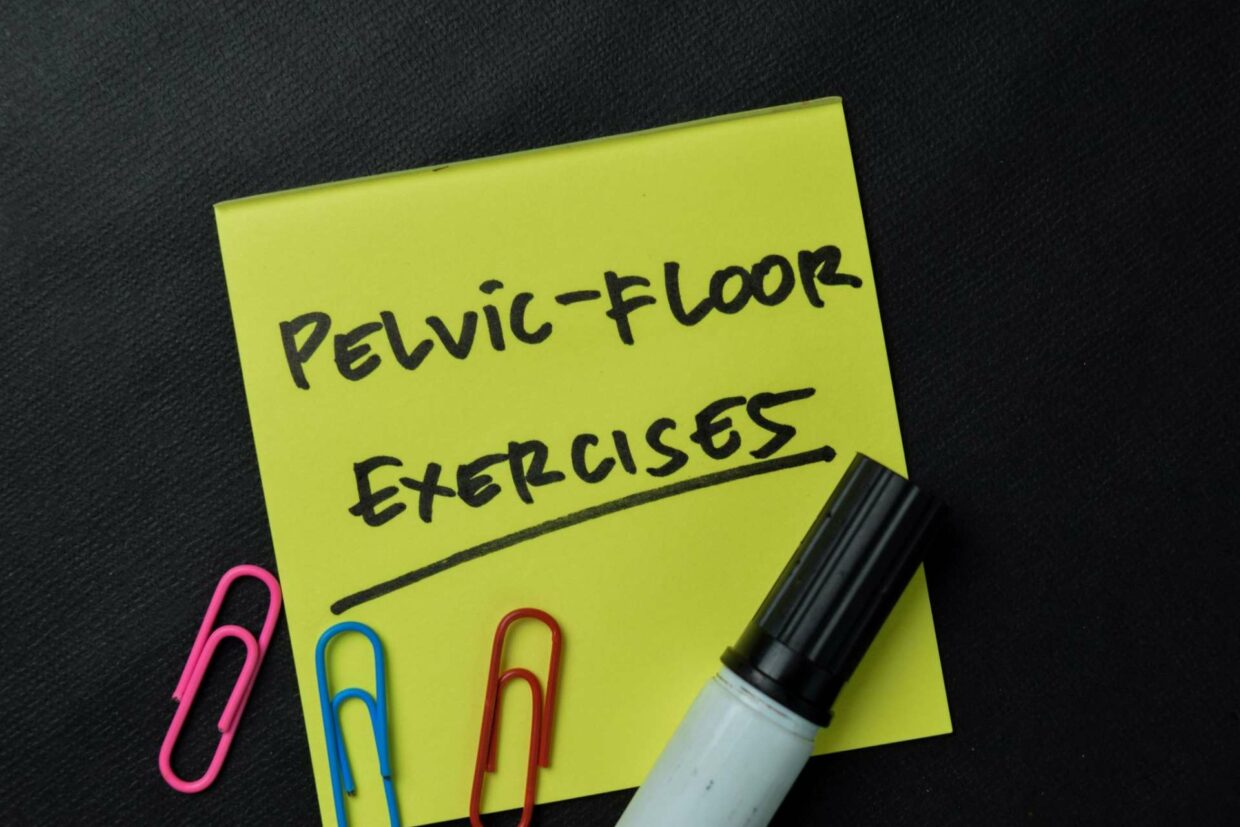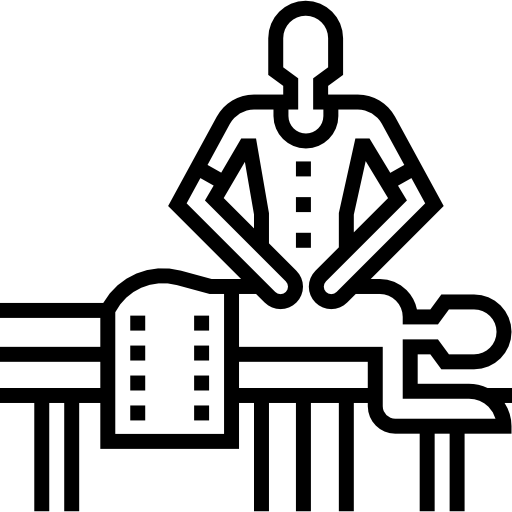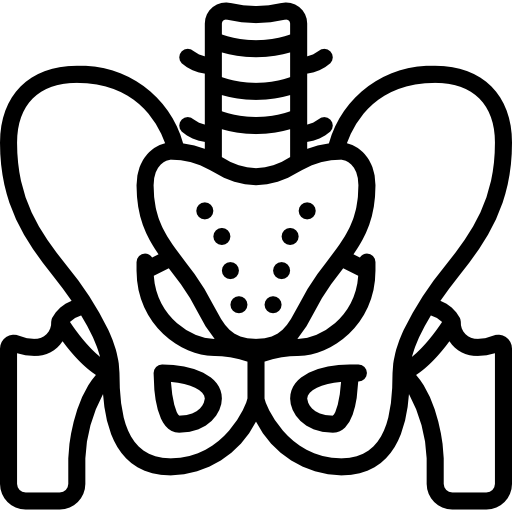Pelvic Floor health
Pelvic Floor Therapy in Edmonton
The pelvic floor consists of muscles, ligaments, nerves, connective tissue, blood vessels, and pelvic organs. The pelvic floor has several roles, including:
- Supporting the pelvic organs
- Controlling bowel and bladder habits
- Counteracting increases in abdominal pressure
- Stretching and accommodating for childbirth
- Sexual function
- Controlling movement in coordination with the inner core.
If the pelvic floor muscles are not functioning correctly, symptoms such as pelvic pain, incontinence, urgency or frequency, leakage, pelvic organ prolapse, or sexual pain can result.
Pelvic floor physiotherapists specialize in rehabilitating the pelvis, pelvic floor muscles, low back and hips. Pelvic floor physiotherapy aims to improve the overall pelvic floor function. This can be done through exercise, lifestyle modifications, education, and various hands-on techniques.

Who can benefit from pelvic floor physiotherapy?
Almost everyone can benefit from pelvic floor physiotherapy! Consider seeing our pelvic health therapist if you have any type of pelvic floor dysfunction, are pregnant or postpartum, or are looking to prevent future problems.
Common reasons to attend pelvic floor therapy:
- Stress incontinence (urine leakage with laughing, coughing, exercise)
- Urgency or frequency of urination
- Pelvic pain or pressure
- Birth preparation and prenatal education- with focus on prevention of pelvic floor dysfunction
- Postpartum recovery
- Diastasis recti or other abdominal wall dysfunction
- Pelvic organ prolapse
- Constipation or fecal incontinence
- Painful intercourse
- Painful periods
- Coccydynia
- Persistent abdominal, low back or groin pain
- Pre and post-operative abdominal or pelvic surgery
What can you expect from your visit?
During your initial visit, your therapist will complete a detailed assessment, including a discussion of your concerns, pelvic history, including bowel and bladder function, and specific goals for treatment. Next, an external examination is completed where the abdomen, lower back, inner thigh, and external genitalia are assessed. There is also an internal examination involving a finger vaginal and rectal examination. Internal examinations are not always necessary and are completed based on comfort level, but it allows for the most comprehensive assessment of the pelvic floor function.
Once the assessment is completed, follow-up treatments are customized based on each individual’s unique assessment findings and goals. Treatments often include manual techniques to stretch or relax tight connective tissue and muscle, education and retraining for weakened abdominal and pelvic floor muscles, and personalized home programs are provided.










